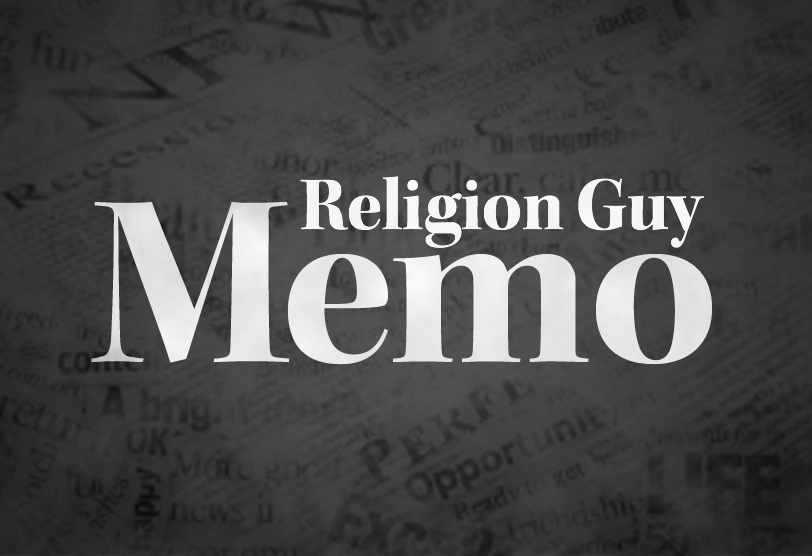It should be an obvious question for journalists who have been covering the Little Sisters of the Poor drama at the U.S. Supreme Court.
What do the sisters do in their ministry work that downgrades their First Amendment rights? What are they doing that undercuts their vows to follow the doctrines of the Roman Catholic Church?
There has to be something that creates a legal gap between Catholic parishes and a religious order like the Little Sisters of the Poor, who specialize in taking care of the elderly and the poor.
Maybe the problem is that they do something other than “worship” inside the doors of a chapel or convent? Maybe the problem is that they hire other people to assist them in their ministries? Is that what turns them into a vaguely religious non-profit organization?
These are some of the questions discussed during this week’s “Crossroads” podcast (click here to tune that in), which dug into some of the news coverage of this order’s latest visit to SCOTUS. This is, of course, linked to the order’s rejection of the Obamacare mandate requiring most “religious institutions” to offer their employees, and often students, health-insurance plans covering sterilizations and all FDA-approved contraceptives, including "morning-after pills."
What’s the problem? Consider this passage from the NPR coverage of the sisters and the high court:
At issue in the case is a Trump administration rule that significantly cuts back on access to birth control under the Affordable Care Act. Obamacare, the massive overhaul of the health care system, sought to equalize preventive health care coverage for women and men by requiring employers to include free birth control in their health care plans.
Houses of worship like churches and synagogues were automatically exempted from the provision, but religiously affiliated nonprofits like universities, charities and hospitals were not. Such organizations employ millions of people, many of whom want access to birth control for themselves and their family members. But many of these institutions say they have a religious objection to providing birth control for employees.
Maybe the problem is that all churches and synagogues do is “worship,” inside the doors of their sanctuaries, while schools, charities and hospitals (often called “ministries”) do “real” things, like education, medicine and social activism. Thus, even if religious doctrines are at the foundation of their work, these groups are not as “religious” as houses of worship?


